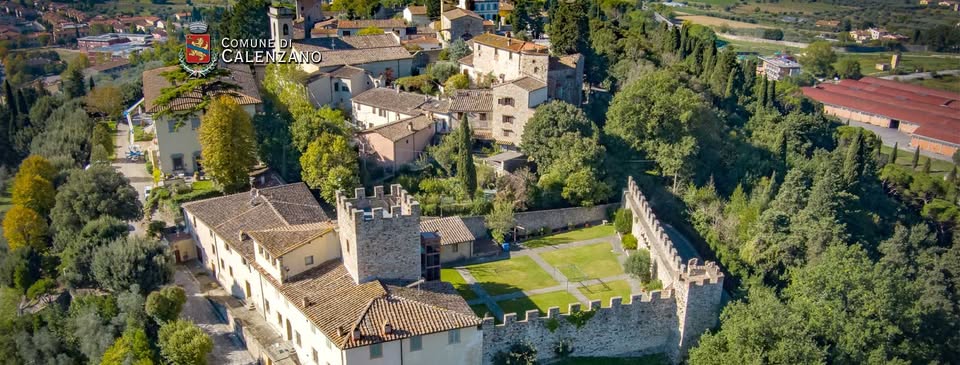Let’s meet SPARKLE’s cities: Calenzano
The city aims to strengthen its governance in the circular economy and sustainable urban regeneration
Located in a green area of central Italy, between Florence and Prato, 90% of the municipality of Calenzano‘s territory is covered by woods, agricultural land, and other natural areas.
To preserve its connection with the surrounding environment, strengthen its resilience, and enhance residents’ quality of life, Calenzano is truly committed to transitioning towards sustainability.
How is Calenzano advancing the green transition?
Over the years, the municipality has put in place a robust framework for sustainable development and territorial planning, focusing on:
- Environmental certifications and climate protection instruments (e.g., SECAP)
- Urban regeneration projects such as PINQUA and the revitalisation of Carpugnane Park
- The establishment of a Renewable Energy Community
- Strong commitments to the circular economy, energy efficiency, and sustainable mobility.
These actions are guided by a clear set of policy objectives: reducing land consumption, protecting soil and biodiversity, enhancing green public spaces, and transitioning to climate neutrality through integrated, resilient planning.

One of Calenzano’s most ambitious efforts is its ongoing urban regeneration strategy. The aim is to transform underutilised areas into green spaces while constructing high-efficiency buildings with a zero-volume balance—replacing old structures with sustainable new ones without increasing urban sprawl.
Calenzano aims to foster the circular economy by stimulating markets for recycled materials, encouraging the reuse of building materials, and promoting renewable energy solutions.
What challenges does the city face?
Calenzano is currently advancing its sustainability goals in several strategic areas:
- Urban planning: Adoption of compensation measures for land use
- Energy: 15 renewable energy projects in progress and public buildings linked to a biomass district heating system
- Sustainable food: Engagement in food waste prevention and support for local food systems via a bio-district
- Soil and biodiversity: A Land Management Agreement under the HUMUS project to support soil regeneration and circular agri-food chains.
Despite this progress, the city needs to expand its knowledge in several areas: from circular construction and the energy transition to green infrastructure and stakeholder engagement, especially businesses.
Why has Calenzano joined SPARKLE? What is its role and what are the expectations?
Within SPARKLE and with the help of ACR+, Calenzano will work on the Resource-Wise Economies pillar. The city will host a needs assessment workshop, co-develop learning materials, engage in training focused and organise a summer school. Together with ANCI Toscana, Calenzano will also ensure local dissemination through regional networks and events, helping other Tuscan municipalities gain new knowledge.
Through SPARKLE, the city wants to build its capacity to implement sustainable urban regeneration, achieve climate neutrality by 2050, and strengthen local governance in the circular economy and energy efficiency. Calenzano aims not only to learn but also to share its own best practices, positioning itself as a sustainable model for other Italian cities.

